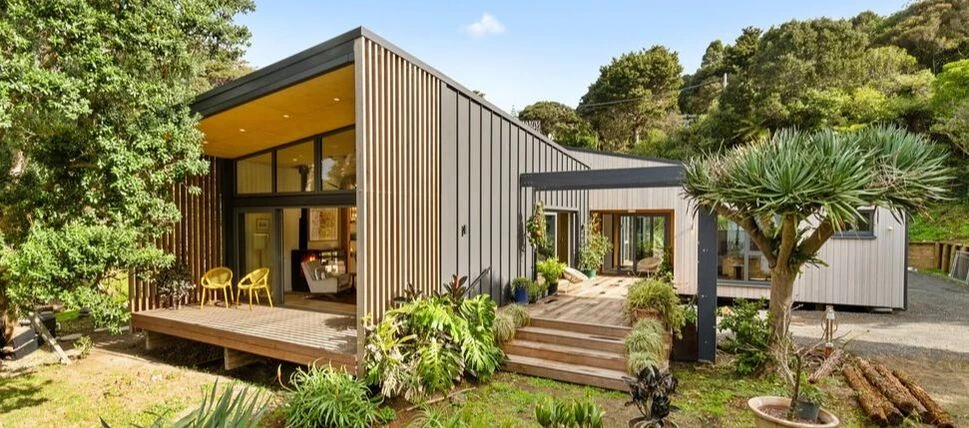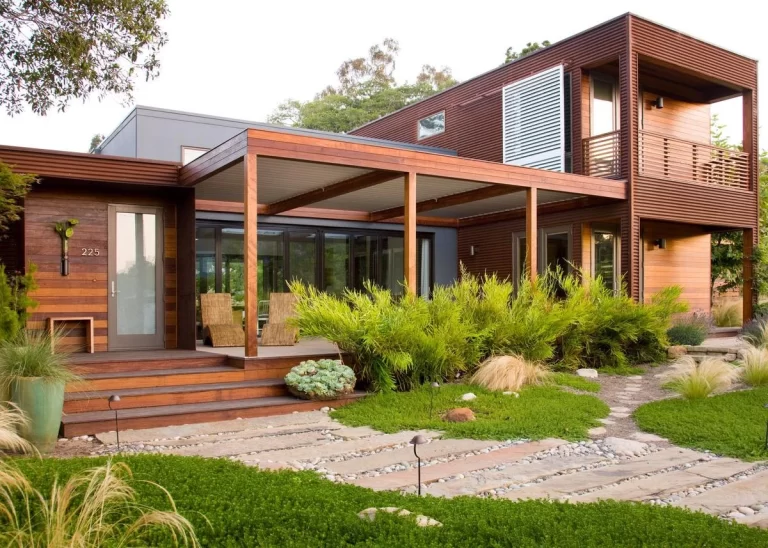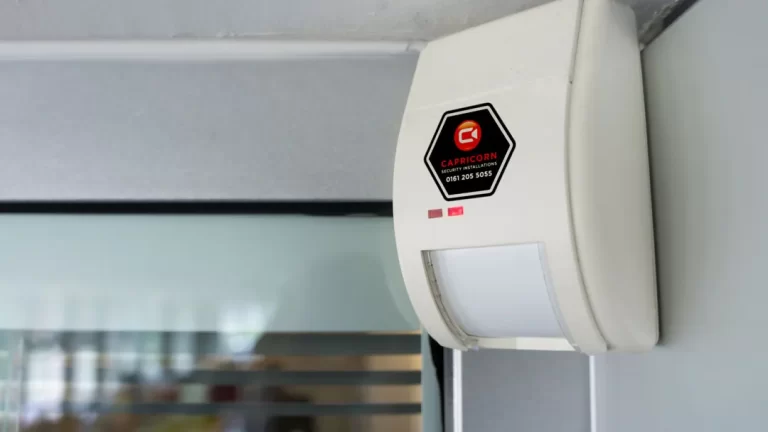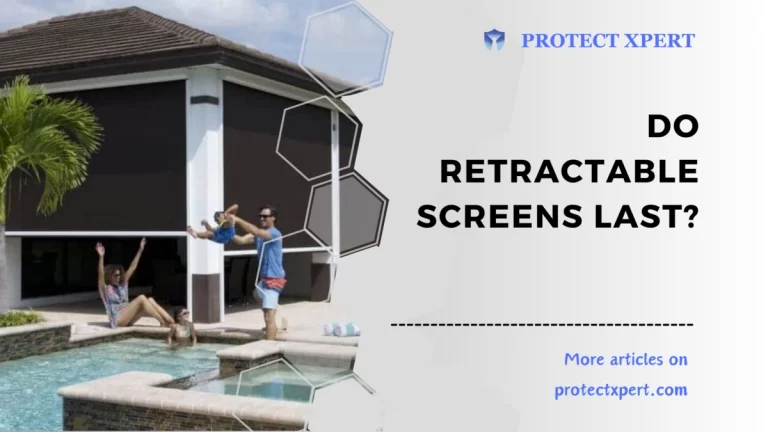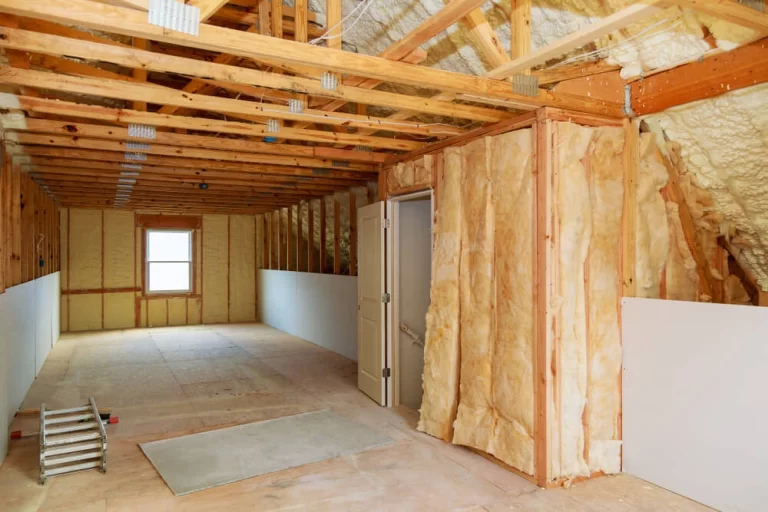What is the Most Eco-Friendly House Shape? Tiny Houses
What is the most eco-friendly house shape? Discover the most eco-friendly house shape that promotes sustainability and energy efficiency.
In this comprehensive article, we explore various house designs, their impact on the environment, and how you can build an environmentally responsible home.
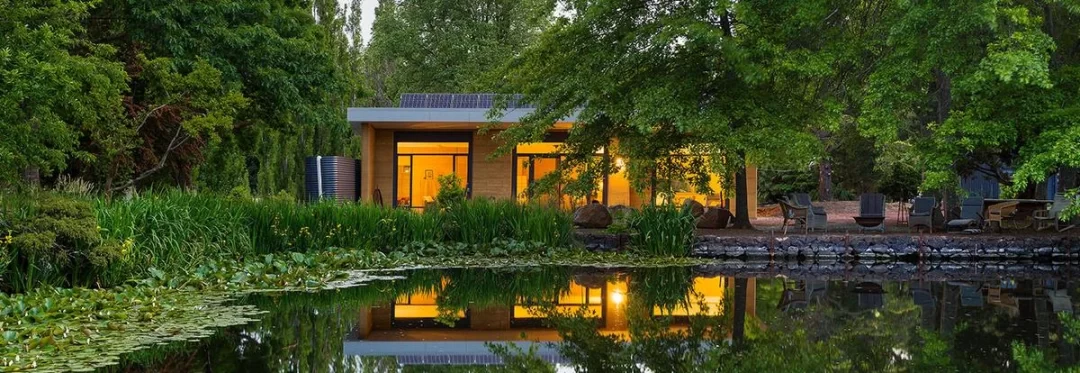
When it comes to designing our homes, we have the power to make choices that positively impact the environment. Building an eco-friendly house is not only a responsible decision but also a step towards a sustainable future.
In this article, we delve into the question, “What is the most eco-friendly house shape?” and explore various house designs that promote energy efficiency, minimize waste, and reduce the carbon footprint.
Join us on this eco-journey as we discover the perfect shapes to build environmentally conscious homes.
What is the Most Eco-Friendly House Shape?
An eco-friendly house shape is one that prioritizes sustainable practices, energy efficiency, and environmental preservation.
It involves thoughtful design and construction, using renewable resources, and minimizing the use of non-renewable materials. Let’s explore the most eco-friendly house shapes that align with these principles:
1. Passive Solar Design
Passive solar design is a sustainable approach that harnesses the natural elements of the sun to heat and cool a home.
By strategically orienting the house to maximize sunlight exposure in winter and shading in summer, passive solar design reduces the need for artificial heating and cooling systems, thus decreasing energy consumption.
2. Earth-Sheltered Homes
Earth-sheltered homes are built into the earth or bermed with soil, creating a natural insulating effect. These homes offer excellent thermal mass, keeping the interior temperature stable throughout the year.
By using the earth as insulation, earth-sheltered homes significantly reduce heating and cooling requirements.
3. Green Roofs
Green roofs, also known as living roofs, are covered with vegetation, providing numerous environmental benefits.
They improve air quality, reduce stormwater runoff, and act as natural insulators. Green roofs also create a habitat for wildlife, contributing to biodiversity.
4. Straw Bale Construction
Straw bale construction utilizes straw bales as natural insulation within the walls of the house.
This method not only reduces the need for conventional building materials but also provides excellent insulation properties, resulting in lower energy usage.
5. Cob Houses
Cob houses are constructed using a mixture of clay, sand, and straw.
This sustainable building method requires minimal energy-intensive materials and allows for creative and unique designs. Cob houses have excellent thermal mass, making them naturally energy-efficient.
6. Geodesic Domes
Geodesic domes are strong, stable structures that require fewer materials to enclose a large area compared to conventional homes.
The dome shape allows for efficient airflow and natural light distribution, reducing the need for artificial lighting and ventilation.
7. Timber Frame Houses
Timber frame houses use wooden beams as the main structural support. Wood is a renewable resource, and timber frame construction reduces the need for energy-intensive materials like steel and concrete.
8. Tiny Houses
Tiny houses have gained popularity as a sustainable housing option due to their small footprint, which reduces resource consumption and energy needs.
These compact homes encourage minimalism and a reduced ecological impact.
9. Solar Panel-Integrated Homes
Solar panel-integrated homes feature solar panels as an integral part of their design. By harnessing solar energy, these homes can generate electricity, reducing reliance on fossil fuels and lowering greenhouse gas emissions.
10. Net-Zero Energy Homes
Net-zero energy homes produce as much energy as they consume over a year.
These houses are designed with energy-efficient features and renewable energy systems, making them highly sustainable and environmentally friendly.
The Impact of Eco-Friendly House Shapes
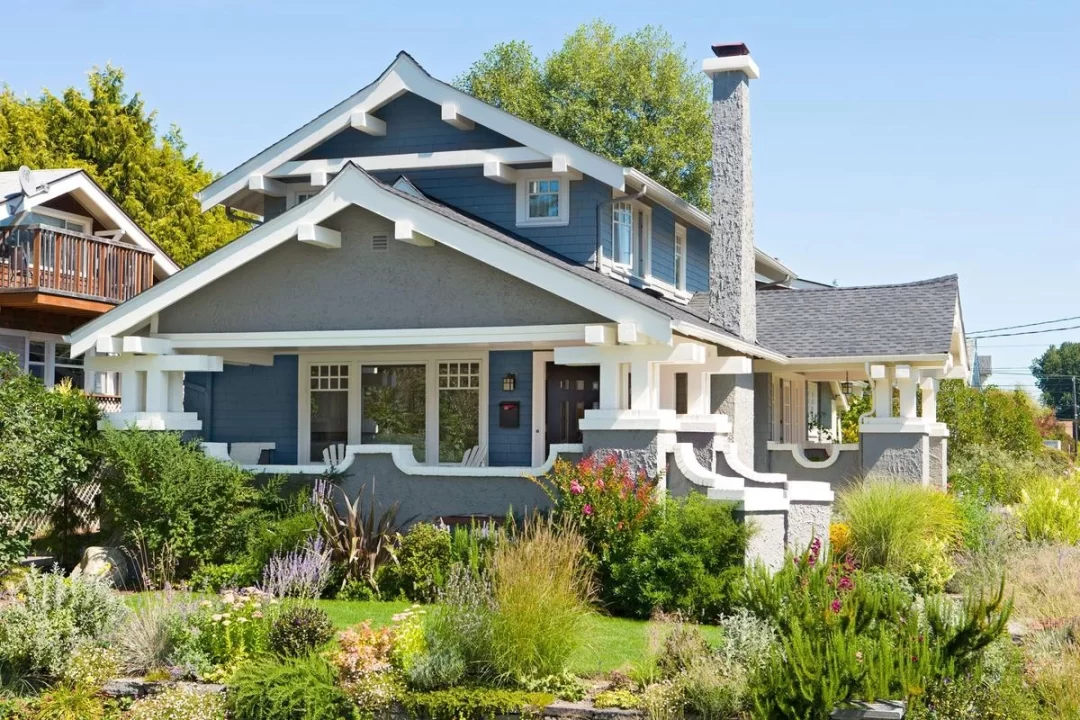
Building an eco-friendly house has far-reaching benefits for both the environment and homeowners. Let’s explore the positive impacts of eco-friendly house shapes:
1. Reduced Energy Consumption
Eco-friendly house shapes optimize energy use through passive design principles, insulation, and renewable energy integration. This results in lower energy consumption and reduced greenhouse gas emissions.
2. Sustainable Resource Use
Eco-friendly houses prioritize the use of sustainable materials and construction methods, reducing the depletion of non-renewable resources and promoting responsible resource management.
3. Improved Indoor Air Quality
Many eco-friendly house shapes focus on natural ventilation and materials with low volatile organic compounds (VOCs), leading to better indoor air quality and a healthier living environment.
4. Cost Savings
While eco-friendly homes may have higher upfront costs, the long-term savings on energy bills and maintenance often outweigh the initial investment.
5. Enhanced Resilience
Eco-friendly house shapes often offer increased resilience to natural disasters and climate change impacts, providing a safer living environment for residents.
6. Contribution to Sustainable Living
By choosing an eco-friendly house shape, homeowners actively contribute to global sustainability efforts and inspire others to follow suit.
Conclusion
Building an eco-friendly house is an empowering and rewarding journey towards sustainable living.
By choosing the most eco-friendly house shape and adopting sustainable practices, homeowners can significantly reduce their environmental impact while enjoying a comfortable and energy-efficient living space.
Let’s embrace eco-consciousness and create a greener future for generations to come.
READ ALSO!!!
